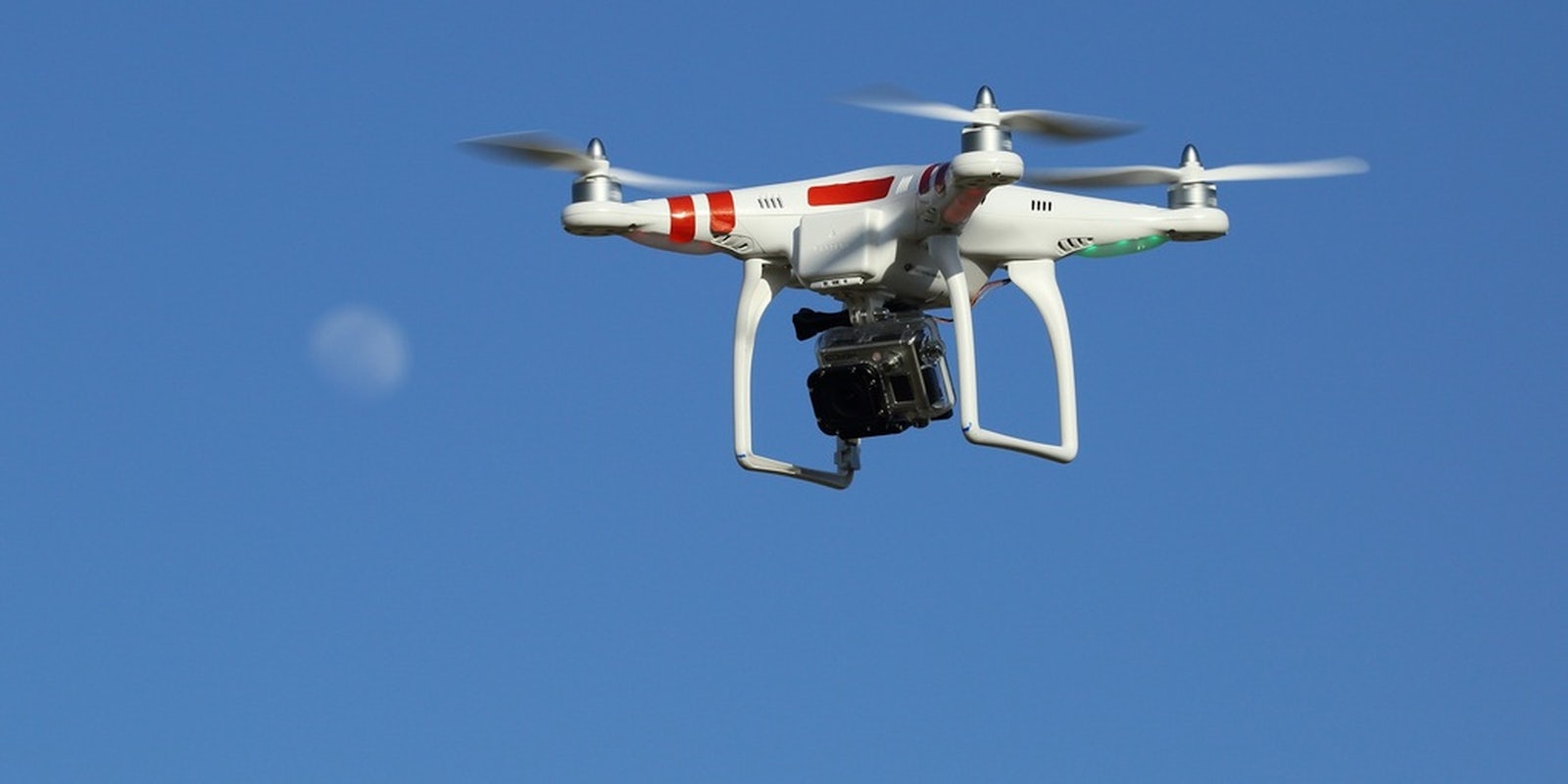The Federal Aviation Administration (FAA) is considering the creation of an exception in its blanket prohibition on commercial drone use that would allow several movie and television production companies to film scenes using small, unmanned aircraft.
On Monday, a group of seven video production companies joined together with the Motion Picture Association of America (MPAA) in a letter asking the FAA to ease its prohibitions on domestic drone use.
“Unmanned aircraft systems offer the motion picture and television industry an innovative and safer option for filming,” MPAA Vice President Neil Fried said in a statement. “This new tool for storytellers will allow for creative and exciting aerial shots and is the latest in a myriad of new technologies being used by our industry to further enhance the viewer experience.”
In 2007, the FAA banned commercial drone use in the United States, save an exception for oil companies operating inside the Arctic Circle. That prohibition was initially meant as a placeholder for a more permanent set of regulations that have been repeatedly delayed. The FAA is currently scheduled to release a draft plan to allow for broader commercial use of drones before the end of this year, which could go into effect by late 2015.
Drones could be a boon to the movie industry because they are able to capture aerial shots for a fraction of the price of using a helicopter. Many of the smaller drones are also far more versatile than are helicopters, allowing them to squeeze into areas that would be inaccessible to a helicopter or other manned flying vehicle.
As a result, many filmmakers have been using drones illegally, or going to shoot overseas where the technology is permitted.
The letter asked for the FAA to grant exemptions to seven companies—Aerial MOB LLC, Astraeus Aerial, Flying-Cam Inc., HeliVideo Productions LLC, Pictorvision Inc., Vortex Aerial, and Snaproll Media LLC. If approved, it would be a welcome step for some budding drone filmmakers, but would still likely leave the vast majority of interested parties essentially grounded.
?[If the agency] is only going to grant permission on a limited, case-by-case basis, then this doesn’t really open up the skies for anyone who wants to fly,” Ben Gielow, general counsel for the drone lobbying group Association for Unmanned Vehicle Systems International, told the Associated Press.
The letter insisted that all of the filmmaking drones that received the exemption would only operate within line of sight of the pilot, stay under 400 feet, and avoid airports where the vehicles had the potential to interfere with airline traffic. All of these self-imposed limitations fit within a voluntary best practices framework for hobbyist drone operators that has been in place since the early 1980s.
Currently, certain governmental and other nonprofit organizations are allowed to apply for single-use exemptions to the FAA’s blanket ban, but those exemptions can often take over a month to process, and private filmmakers are unable to apply for them.
The agency has recently cracked down on a number of organizations that have attempted to use drones for what the FAA has argued are commercial purposes. FAA officials have levied cease-and-desist orders against a Texas-based search-and-rescue nonprofit that has used drones to find missing hikers and attempted to slap a drone photography company with a $10,000 fine for filming a promotional video in the skies over the University of Virginia campus. In the later case, a federal administrative judge resoundingly rejected the FAA’s imposition of a fine, but the agency has appealed the ruling.
In a statement, an agency spokesperson said federal regulators were considering the idea of allowing filmmakers to use drones, but urged caution. ?If the exemption requests are granted, there could be tangible economic benefits as the agency begins to address the demand for commercial UAS operations,” read the statement. ?However, all the associated safety issues must be carefully considered to make sure any hazards are appropriately mitigated.”
Photo via Don McCullough/Flickr (CC BY 2.0)


